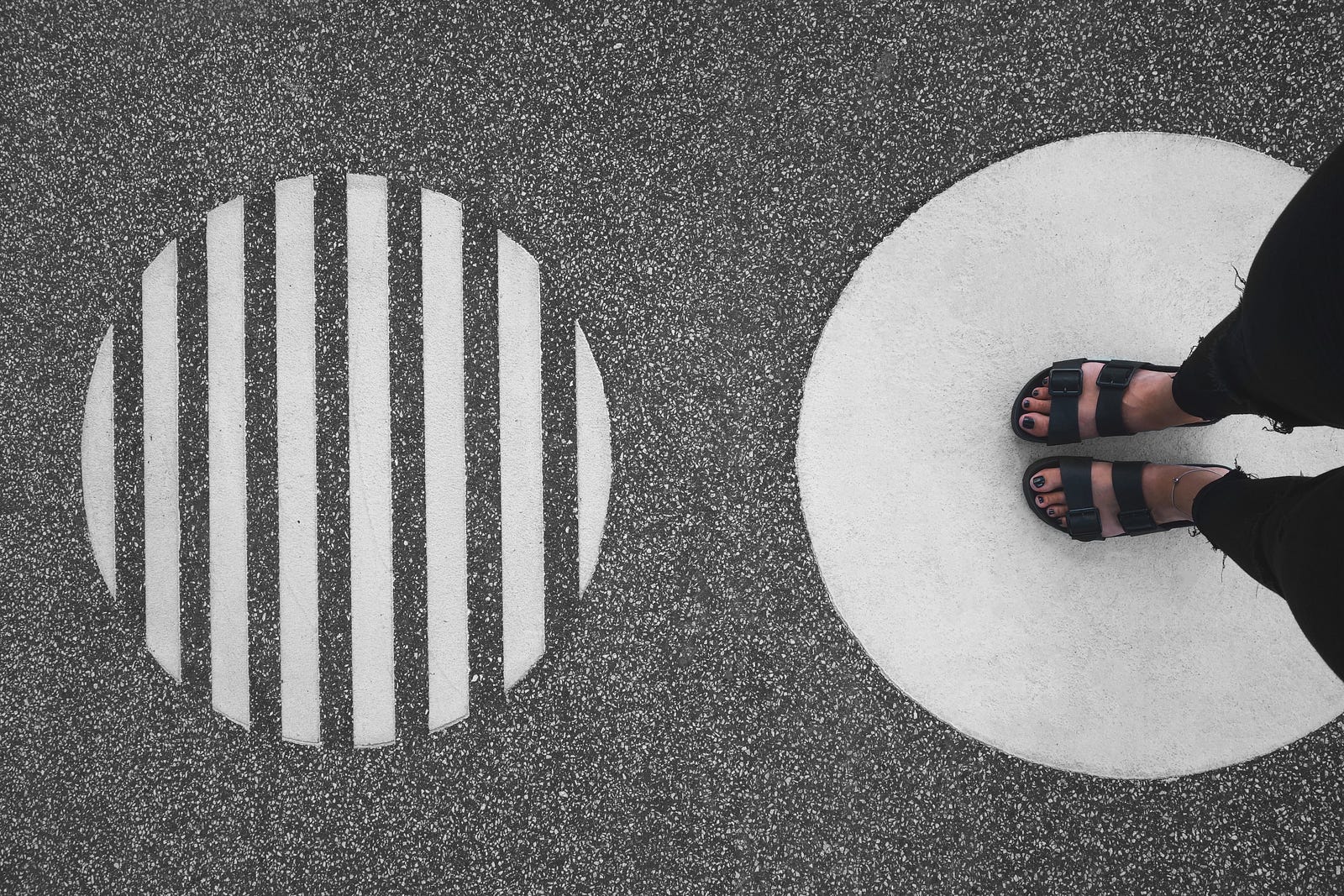Last time out, we had a look together at three mental models to improve your thinking and educational innovation. Today I share the opposite ideas or at least guide you to stand in a different place and consider the three mental models from a different perspective.
Of course, you did the pre-reading of last week’s issue, right?! But if you didn’t, here is a quick primer. After all, we need these to be points of comparison:
- Critical mass – the threshold of a large enough number or proportion that triggers a change.
- Reciprocity – when people tend to treat others the way they are treated.
- Leverage – the action or process of using an advantage to multiply force.
So, what are the other ways of looking at these three models if we reverse the polarity? What counterpoints or alternative concepts do we need to be aware of? If we commit to these three mental models as part of our educational innovation, what are the biases that emerge?
Social Proof
Critical mass describes a threshold, a number of people that represents a tipping point in a group. Social proof is a mental model that suggests people are more likely to do something if they see others doing it.
So if critical mass is the line to reach, social proof is a mechanism to help us achieve that point. Social proof is something we can leverage when we design new projects and implement innovations.
Social proof is a powerful bias we have to keep in mind. The tendency can be harmful and positive, and it fuels the way we see trends, fashion, commerce and why many people are likely to follow the crowd.
Critical mass and social proof are two sides of the same coin. They’re both about alignment, an idea of community and public validation.
Social Debt
When we explored reciprocity in educational leadership and innovation last week, we emphasised the links to relationships and collaboration.
The mental model of reciprocity is a valuable provocation as it challenges us to think about how our actions influence others and the expectations we frame as a result.
An alternative way to consider reciprocity is to think of ‘goal setting’ as a behaviour change strategy to make a public, discrete and shared commitment. In contrast, reciprocity is an internal mechanism or exchange, an implied obligation.
Social debt is another way to frame the reciprocity mental model. An important element to add to our understanding because
people who feel indebted tend to experience more negative emotions and feel stressed rather than uplifted, because they are worried about repayment.
How to Say Thanks Without Feeling Indebted
When we have built our social capital through positive reciprocal interactions with others in learning networks and communities, it becomes an asset to leverage for future action.
The Bias of Permanent Multipliers
What are the biases associated with leverage?
Think of leverage through the idea of multiplication (i.e. by using the advantage, we multiply the force). Then, once again, our human bias is that this multiplier will not disappear or change.
The bias of permanent multipliers is to see something as fixed when it is not. The way to challenge this bias is by considering shifts in your context and the fluid nature of change over time.
For example, you leverage the support and advocacy of senior members of your team to kick off a new project. When you consider this initial influence dissipates over time and is not fixed, we are more likely to lead a sustainable innovation.
Reverse The Polarity
This study of opposites is a strategy you can use in any of your projects. By looking at the opposites or counterpoints, we have reversed the polarity, a creative thinking technique that Marty Neumeier uses.
Related to reversing the polarity is to start from a different place, and the work helps us practice this creative routine.
When you grab for the “correct” solution, brilliant solutions will elude you. You’ll get stuck in the tar pits of knowledge, unable to free your mind of what you already know. The easiest way to escape this trap is by rejecting the correct solution—at least temporarily—in favor of the “wrong” solution. While the worst idea can never be the best idea, it will take your imagination to a different starting place.
Marty Neumeier
Take this idea into your workflow by going to a place opposite to how you usually think or start. If your thinking is generally linear and sequential, go for a spiral instead. If you typically jump in with an answer, try a question this time around.
Your Talking Points
- What do you struggle with in terms of creativity and innovation at the moment, and how might these mental models help to shape your response?
- How can you challenge your thinking about the assumptions of permanent multipliers?
- Where else might we experience this bias in education and beyond?
- On reflection, what would you add? What other advantages and ideas do we need to consider in our practice to reduce these biases before they emerge?
My weekly email helps educators and innovation leaders enhance their practice by sharing provocations, ideas and mental models. Join today, and get your copy this week.











